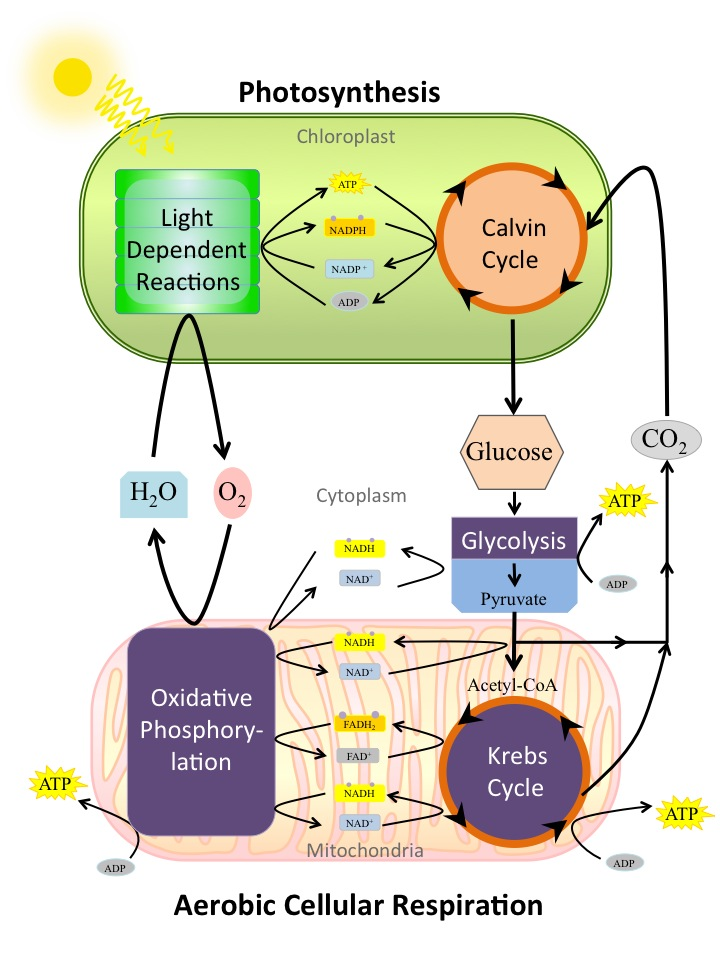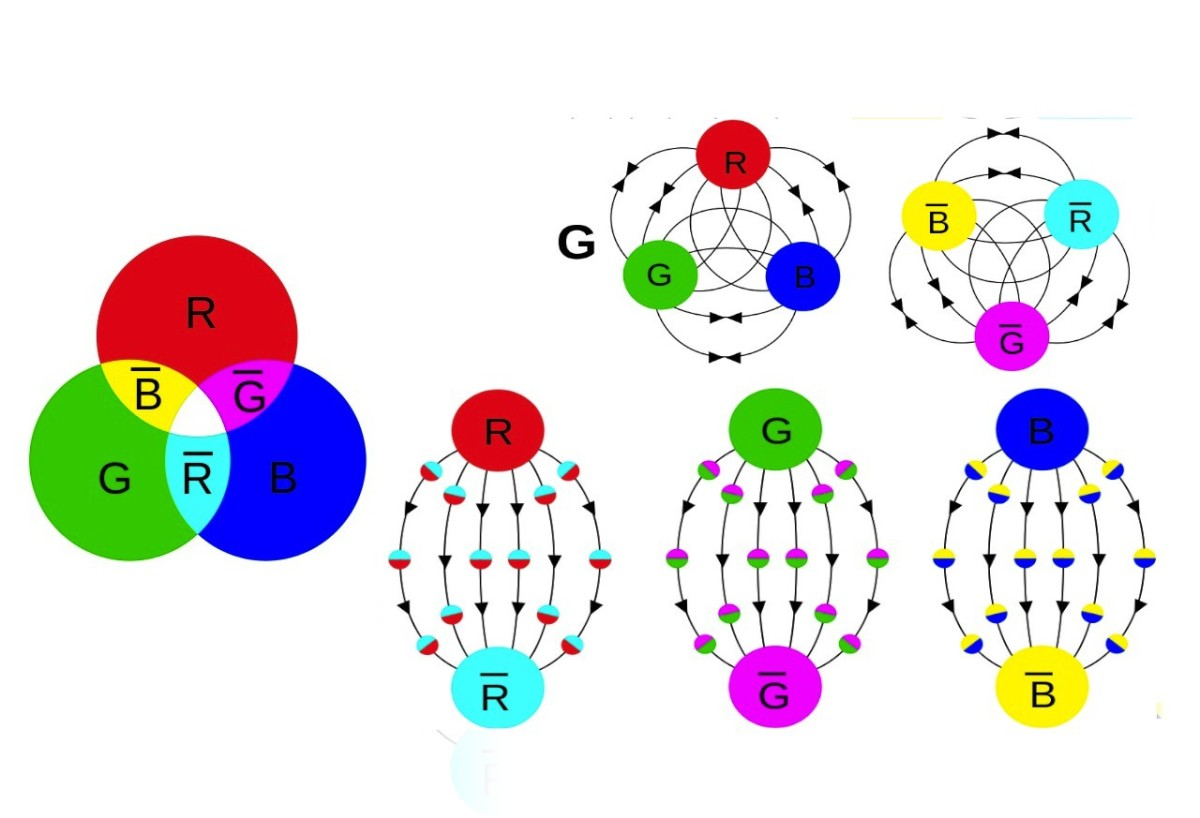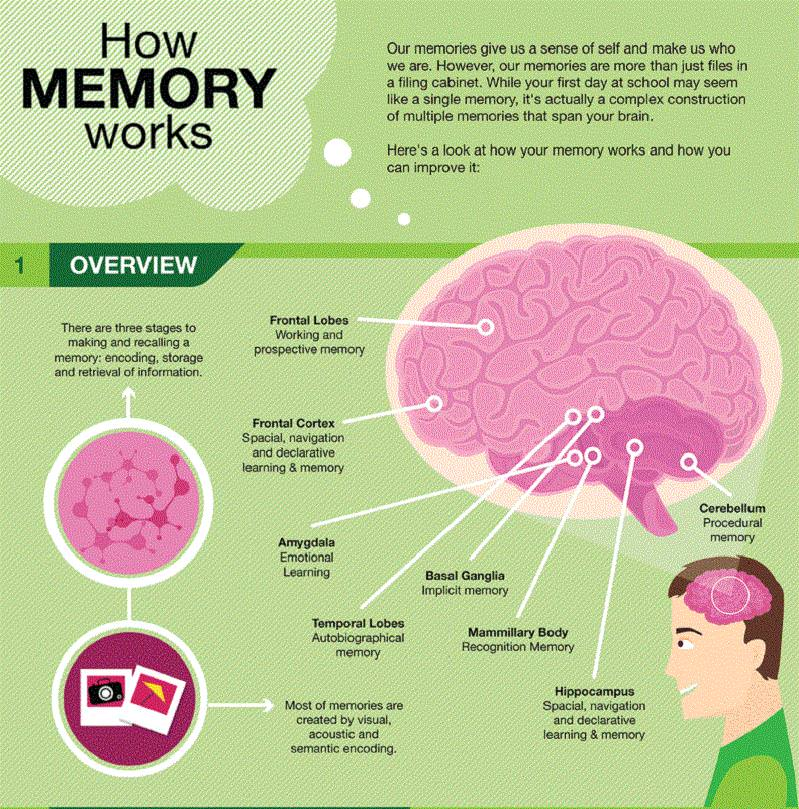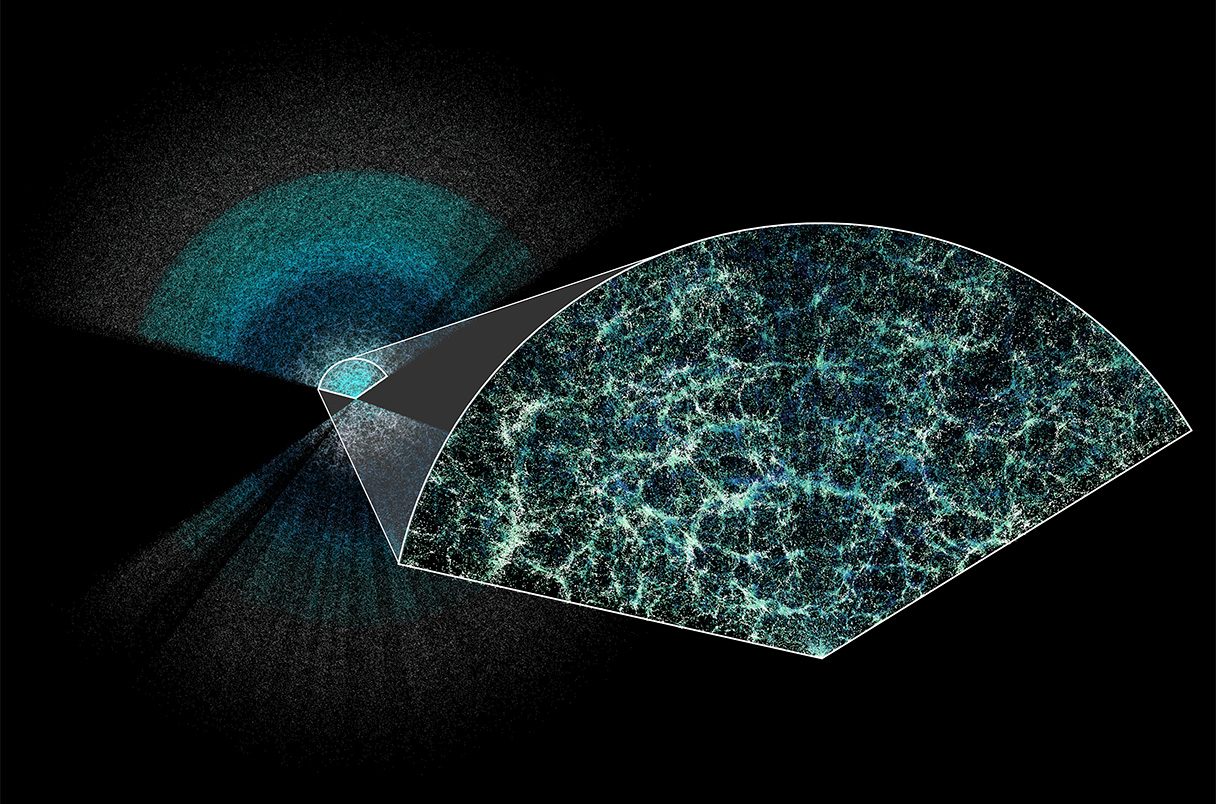Photosynthesis and aerobic metabolism are two fundamental biological processes that form the backbone of life on Earth. Photosynthesis, utilized by plants and certain algae, converts sunlight into energy, producing oxygen as a vital byproduct. In contrast, aerobic metabolism enables animals to efficiently use that oxygen to convert food into energy, which is essential for survival. The exploration of the evolution of photosynthesis alongside aerobic metabolism reveals fascinating insights into the Great Oxidation Event, a pivotal era that transformed our planet’s atmosphere. Recent discoveries, such as the identification of methyl-plastoquinone, highlight the complexity and interconnection of these biochemical processes, shedding light on the evolutionary steps that occurred over billions of years.
The mechanisms of energy conversion in living organisms, specifically light-driven synthesis and oxygen-based respiration, are integral to understanding biological evolution. Light-dependent conversion processes, commonly known as photosynthesis, are primarily exhibited by autotrophic organisms, while heterotrophic beings utilize oxygen for their metabolic reactions through aerobic respiration. The relationship between these two systems not only marks a significant evolutionary milestone but also emphasizes the biochemical evolution that took place during the Great Oxidation Event. Recent research has unveiled intriguing elements like methyl-plastoquinone, suggesting a complex evolutionary narrative encompassing both energy generation and utilization. Insights drawn from these discoveries deepen our understanding of how early life forms adapted to harness and utilize oxygen in tandem with photosynthetic processes.
The Biochemical Evolution of Photosynthesis
Photosynthesis is a fundamental process that initiates the cycle of life on Earth. Through biochemical evolution, plants and algae developed the ability to convert sunlight into energy, producing oxygen as a byproduct. This transformation marked the dawn of a new era, fundamentally altering the composition of the Earth’s atmosphere during the Great Oxidation Event around 2.3 billion years ago. The evolutionary advancements that led to photosynthesis not only enabled the survival of autotrophic organisms but also created a sustainable environment for aerobic organisms to thrive. Researchers continue to explore the nuances of this evolution, focusing on key factors like the adaptation of chlorophyll and manganese in the process, which contributed significantly to the efficiency of photosynthesis over millennia.
Moreover, the findings around methyl-plastoquinone indicate a fascinating intersection between photosynthesis and early forms of life that harnessed oxygen. This molecule, discovered in nitrogen-utilizing bacteria, suggests a more complex evolutionary timeline where the development of photosynthesis and the consumption of oxygen occurred concurrently. The insights gained from studying the evolutionary paths of these molecules highlight the interrelationships between different biological processes, further unraveling the intricate web of life that emerged in tandem with the evolution of photosynthesis.
Aerobic Metabolism in Animals: An Evolutionary Perspective
Aerobic metabolism is crucial for the energy conversion processes in animals, enabling them to utilize oxygen to extract energy from food. This metabolic pathway represents a significant adaptation that likely evolved in response to the availability of free oxygen due to the widespread photosynthesis of cyanobacteria. The advent of aerobic metabolism allowed organisms to harness energy more efficiently than anaerobic processes, leading to the diversification of life forms during and after the Great Oxidation Event. The capacity to perform aerobic respiration has given rise to complex multicellular organisms requiring higher energy inputs, ultimately shaping the course of evolutionary history.
Interestingly, the discovery of methyl-plastoquinone provides a new perspective on how some early bacteria may have developed mechanisms to utilize oxygen even before significant amounts became available in the atmosphere. This suggests that the evolutionary path of aerobic metabolism may not have been solely dependent on the emergence of abundant oxygen; rather, it could indicate a more complex relationship between various life forms. The biochemical evolution of aerobic metabolism in animals, influenced by earlier microorganisms, raises fascinating questions about the dynamics of evolution and the innovations that enabled life to adapt and flourish in an oxygen-rich environment.
The Role of Quinones in Metabolic Processes
Quinones are vital components of cellular respiration and photosynthesis, serving as electron carriers in both processes. Their structural diversity reflects the evolutionary adaptations of different organisms, enabling metabolic versatility across multiple forms of life. The recent identification of methyl-plastoquinone as a novel type of quinone expands our understanding of how this molecule bridges photosynthesis and aerobic metabolism. By exhibiting characteristics of both systems, methyl-plastoquinone enriches the narrative of biochemical evolution, highlighting a potential link that may have existed long before the rise of oxygen-producing cyanobacteria.
As researchers delve deeper into the structural variations of quinones, they uncover the intricate connections that define metabolic networks among organisms. The evolutionary significance of quinones demonstrates how fundamental biochemical pathways have adapted through time, creating a complex tapestry of life forms that depend on these molecules for efficient energy production. This exploration into the role of quinones not only sheds light on the history of life on Earth but also emphasizes the importance of fundamental metabolic processes that persist today in both plants and animals.
The Great Oxidation Event: A Turning Point in Evolution
The Great Oxidation Event, which occurred approximately 2.4 billion years ago, represents a pivotal moment in Earth’s history. This period initiated a dramatic shift in the planet’s atmosphere, primarily due to the oxygen released by cyanobacteria during photosynthesis. The transformation of the atmosphere laid the groundwork for aerobic metabolism to proliferate, which played a crucial role in the evolutionary history of life on Earth. The rise in oxygen levels facilitated the emergence of more complex multicellular organisms, driving biological diversity forward as lifeforms adapted to utilize the newly available resource.
Research indicates that the modifications in Earth’s atmosphere ushered in new evolutionary pressures that shaped life’s development. The discovery of molecules like methyl-plastoquinone highlights the possibility that certain aerobic metabolic pathways could have emerged before photosynthesis had established a significant oxygen supply. By understanding the dynamics at play during the Great Oxidation Event and the molecular evidence found in ancient bacteria, scientists strive to elucidate the interconnectedness of these biological processes and their roles in fostering life’s diversity.
Understanding the Evolution of Photosynthesis and Aerobic Metabolism
The science surrounding the evolution of photosynthesis and aerobic metabolism reveals a complex interplay of biochemical processes that transformed life on Earth. Photosynthesis not only allowed for the conversion of solar energy into chemical energy but also led to the accumulation of oxygen in the atmosphere. This newfound oxygen became the fuel for aerobic metabolism, which permitted higher energy yields and supported the evolution of more complex life forms. Understanding this dual evolution offers a glimpse into how early living organisms adapted and thrived in a changing environment.
Moreover, the exploration of these biological processes indicates that their evolution might not have been strictly linear. The discovery of advanced quinones suggests parallel developments where initial forms of oxygen utilization occurred alongside the rise of photosynthesis. This evolving narrative challenges conventional notions regarding the sequence of these crucial metabolic developments, revealing a sophisticated interaction between the two processes. Consequently, research in this field continues to uncover the foundational elements of life as we know it today.
The Discovery of Methyl-Plastoquinone: Implications for Evolution
The serendipitous discovery of methyl-plastoquinone has significant implications for our understanding of biochemical evolution. This molecule, found in certain bacteria, shares similarities with compounds involved in photosynthesis, hinting at an evolutionary connection between distinct metabolic processes. By identifying it as a potential intermediary between photosynthesis and aerobic metabolism, researchers are reexamining long-held assumptions about the evolutionary timeline of these processes. Methyl-plastoquinone could represent a crucial evolutionary stage, revealing how life adapted to use oxygen long before it became abundant in the atmosphere.
Furthermore, this discovery contributes vital evidence to discussions around the interdependencies of photosynthesis and respiration. It posits the theory that some primitive forms of life may have coexisted with what eventually led to the Great Oxidation Event. By exploring the role of methyl-plastoquinone within the broader context of evolutionary biology, scientists gain valuable insights into how different life forms reacted to the availability of oxygen and adapted their metabolic strategies in tandem with photosynthetic developments.
Mechanisms of Oxygen Utilization in Early Life Forms
The mechanisms of oxygen utilization in early life forms are critical to understanding the evolution of aerobic pathways. During the Great Oxidation Event, as oxygen levels began to rise, organisms that had enzymes capable of processing oxygen would have had a significant advantage. This adaptation would have facilitated a shift toward aerobic metabolism, allowing for greater energy extraction from nutrients. Studies into early prokaryotic organisms have shown that some had developed rudimentary aerobic processes even before the significant production of oxygen by cyanobacteria. This evidence suggests a sophisticated interplay among various microbial life forms during the atmospheric transition.
Exploring these early mechanisms brings to light the biochemical strategies that allowed organisms to thrive in varying conditions. By examining the evolutionary lineage of oxygen-utilizing mechanisms, researchers can uncover the adaptability of life. This adaptability is evident not only in respiratory processes but also in how microorganisms responded to fluctuating environmental parameters, carving paths towards the diversity of life seen today. Consequently, the study of early oxygen utilization paves the way for a deeper understanding of current aerobic organisms and their evolutionary history.
Photosynthesis and the Rise of Aerobic Diversity
The rise of photosynthesis marked a watershed moment in Earth’s biological history, leading to the eventual diversification of aerobic life forms. As cyanobacteria began producing oxygen, the ecological niches available to life expanded dramatically. The metabolic adaptation to utilize oxygen allowed organisms to thrive in environments that were previously inhospitable. This radical shift is often regarded as a major precursor to the evolution of complex multicellular organisms, catalyzing the transition from simple life forms to the rich biodiversity we observe today.
With the emergence of aerobic metabolism, organisms began to exploit the energy-rich environments created by photosynthesis, facilitating evolutionary innovations in form and function. As organisms developed new adaptations to utilize oxygen, exponential growth in biodiversity occurred, reshaping ecosystems across the globe. Understanding these processes reveals the fundamental connections between photosynthesis and respiration, laying the groundwork for modern ecological frameworks. This discovery of evolutionary relationships sheds light on the intricate balance of life that has persisted through billions of years, continuing to evolve with the changing planet.
The Sophistication of Oxygen Management in Cells
The management of oxygen in cells showcases a remarkable evolutionary feat that supports aerobic life. As organisms evolved mechanisms to metabolize oxygen, they also developed sophisticated strategies to mitigate its toxic effects. The biochemical evolution of redox reactions in aerobic organisms led to the creation of protective systems, such as antioxidants, that manage the harmful byproducts generated during metabolism. This complexity illustrates how organisms have fine-tuned their cellular machinery to survive in an oxygen-rich environment, creating a delicate balance essential for life.
Moreover, this sophistication in managing oxygen-related stress reinforces the concept that the ability to breathe oxygen catalyzed diverse evolutionary pathways. From the simplest prokaryotes to the most complex multicellular organisms, the evolutionary adaptations have been intricately linked to the effective utilization of oxygen. Understanding these mechanisms allows scientists to appreciate the evolutionary innovations that have contributed to the survival and expansion of life on Earth, underscoring the adaptative strategies that have emerged throughout history.
Frequently Asked Questions
What is the relationship between photosynthesis and aerobic metabolism in evolution?
Photosynthesis and aerobic metabolism are intricately linked in the evolution of life on Earth. Photosynthesis, primarily conducted by cyanobacteria, produces oxygen as a byproduct, which enabled aerobic metabolism — the process by which organisms utilize oxygen to generate energy. This interplay was crucial during the Great Oxidation Event, marking a significant evolutionary milestone that allowed diverse life forms to thrive.
How did the discovery of methyl-plastoquinone contribute to our understanding of photosynthesis and aerobic metabolism?
The discovery of methyl-plastoquinone has provided valuable insights into the biochemical evolution associated with photosynthesis and aerobic metabolism. Found in a nitrogen-utilizing bacterium, this molecule represents a potential link between oxygen production and utilization, indicating that early forms of life may have employed oxygen even before cyanobacteria began photosynthesis. This suggests that the evolution of photosynthesis and aerobic metabolism may have occurred concurrently.
What role did the Great Oxidation Event play in the evolution of photosynthesis and aerobic metabolism?
The Great Oxidation Event, occurring around 2.4 billion years ago, marked a significant increase in atmospheric oxygen due to photosynthesis by cyanobacteria. This event was pivotal for the evolution of aerobic metabolism, as it provided the necessary oxygen to sustain organisms that rely on it for energy production. It catalyzed the transition from anaerobic to aerobic life forms, shaping the biodiversity we observe today.
How does aerobic metabolism differ between plants and animals in relation to photosynthesis?
Aerobic metabolism in plants and animals functions on the oxygen produced via photosynthesis, but their processes differ. Plants utilize oxygen to optimize energy extraction from glucose created during photosynthesis. In contrast, animals rely on aerobic metabolism to convert food into energy, exhaling carbon dioxide. Thus, while both processes are interconnected, they illustrate the distinct evolutionary paths shaped by photosynthesis and aerobic metabolism.
What is the significance of the molecule quinone in the context of photosynthesis and aerobic metabolism?
Quinones are significant in both photosynthesis and aerobic metabolism as they serve as electron carriers in cellular processes. In plants, specific quinones are essential for photosynthesis, facilitating the transfer of energy during the light reactions. Similarly, in aerobic metabolism, quinones assist in the respiratory chain within mitochondria. The recent discovery of methyl-plastoquinone suggests an evolutionary link between these processes, highlighting the molecular continuity across diverse life forms.
| Key Points |
|---|
| The paper discusses whether oxygen production (photosynthesis) or consumption (aerobic metabolism) evolved first. |
| Photosynthesis involves plants and algae converting carbon dioxide and water into energy, releasing oxygen. |
| Aerobic metabolism is the process by which animals consume oxygen to generate energy from food. |
| A recent accidental discovery identified a new molecule, methyl-plastoquinone, suggesting a link between photosynthesis and aerobic metabolism. |
| Methyl-plastoquinone may represent a third category of quinones, supporting theories of simultaneous evolution. |
| The study provides insight into the Great Oxidation Event, when cyanobacteria began significant oxygen production. |
| Understanding quinones helps reveal how early life forms adapted to oxygen. |
Summary
Photosynthesis and aerobic metabolism represent crucial processes in the evolution of life on Earth, highlighting the complex relationship between oxygen production and consumption. Recent research indicates that both processes may have evolved simultaneously, with the discovery of methyl-plastoquinone suggesting that mechanisms for using oxygen existed prior to its significant production by cyanobacteria. This insight into the biochemical evolution supports a nuanced understanding of the origins of life, illustrating the interconnectedness of these vital processes.




